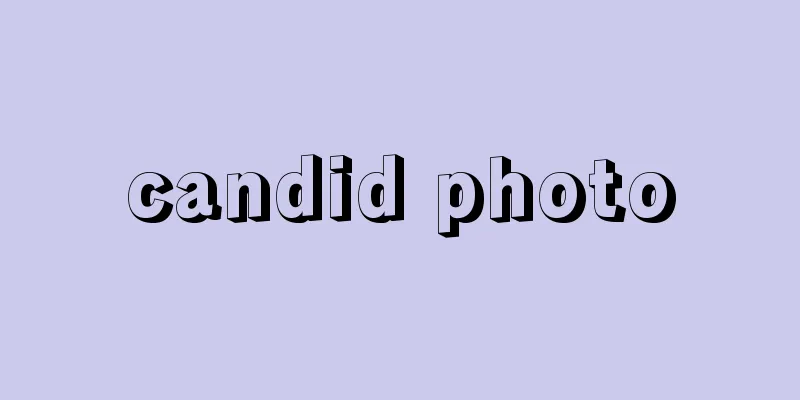Aria - Aria (English spelling) Italian
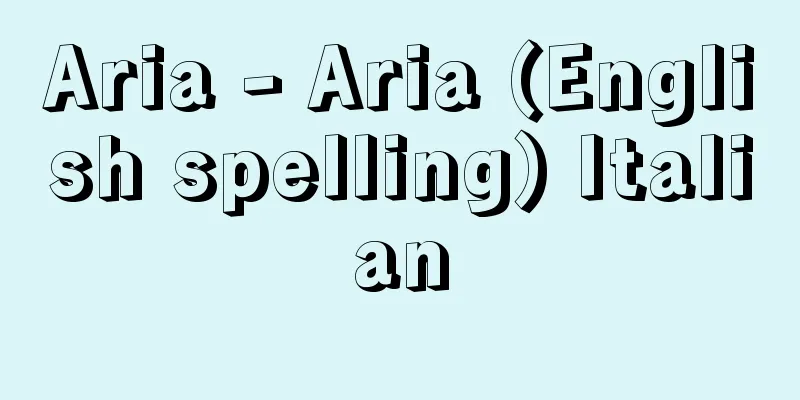
|
A solo song in a large-scale dramatic work such as an opera, oratorio, or cantata. It is translated as chant. It first appeared as a musical term in the 16th century, and was originally used to refer to songs with a stanzaic form. The earliest example of an operatic solo song can be seen at the beginning of the second act of Monteverdi's Orfeo (1607), but in the 17th and 18th centuries it could also refer to the theme of a variation or the slow movement of a suite (examples include the theme of Bach's Goldberg Variations and the commonly known "Aria on the G String" of Orchestral Suite No. 3). An aria is generally paired with a recitative, in which the singer explains the situation of the story in the latter and expresses his or her own feelings in the former. The form of the aria was standardized in the mid-17th century and had an ABA structure. This is called da capo aria. In Naples, where opera flourished in the 18th century, singers began to add ornamental sounds and freely change the notes to show off their technique in parallel with the development of bel canto singing. The da capo form began to break down in the mid-18th century, and the form of arias became more diverse. In 19th century Italy, arias centered on coloratura, which had been used since the 18th century, reached their heyday, but when Wagner's music dramas were born in Germany, arias and recitatives blended together and transformed into infinite melodies with no sense of paragraphs. After Mussorgsky and Debussy, arias almost disappeared. [Masao Ishida] [Reference] |Source: Shogakukan Encyclopedia Nipponica About Encyclopedia Nipponica Information | Legend |
|
オペラ、オラトリオ、カンタータなど、大規模で劇的な作品中の独唱歌曲。詠唱と訳される。音楽用語として現れるのは16世紀からで、本来、有節的な形式をもつ曲に対して用いられた。オペラの独唱曲を示す最初期の例はモンテベルディの『オルフェオ』(1607)第2幕冒頭にみられるが、17~18世紀には変奏曲の主題や組曲の緩徐楽章などをさすこともあった(バッハの『ゴールドベルク変奏曲』の主題や、管弦楽組曲第3番の俗称『G(ゲー)線上のアリア』はこれらの例である)。アリアは一般にレチタティーボと対をなし、歌手は後者で物語の状況を説明したあと、前者で自身の心情を吐露する。アリアの形式は17世紀中葉に定型化し、ABAの構造をもった。これをダ・カーポ・アリアda capo ariaとよぶ。18世紀にオペラが栄えたナポリでは、ベルカント唱法の発達と並行して、歌手が自身の技巧を誇示するために即興的に装飾音を加えたり、音を自由に変えて歌うようになった。ダ・カーポ形式は18世紀中葉から崩れ始め、アリアの形式は多様化する。19世紀イタリアでは、18世紀以来のコロラトゥーラを中心としたアリアが全盛期を迎えたが、やがてドイツでワーグナーの楽劇が生まれるに及んで、アリアとレチタティーボは解け合い、段落感のない無限旋律に姿を変えた。ムソルグスキー、ドビュッシー以後アリアはほとんど姿を消すことになる。 [石多正男] [参照項目] |出典 小学館 日本大百科全書(ニッポニカ)日本大百科全書(ニッポニカ)について 情報 | 凡例 |
Recommend
Enuma Anu Enlil
…Records of the correspondence between the moveme...
Electron energy loss spectroscopy
...Electron spectroscopy by the former process is...
Foreign exchange statistics - gaikoku kawase tokei
The balance of payments is a record of the state ...
Medical Statistics - Iryotokei
Generally speaking, it means statistics related to...
Wall footing foundation - KABEFUCHINGUKISO
...A foundation in which the surface of a buildin...
Confectionery stamps - Kashi no Kitte
...Soba stamps probably started around the end of...
Laccifer lacca (English spelling) Lacciferlacca
…It is also called shellac. It is a secretion of ...
Ryuichi Inamura
1898-1990 A peasant activist and politician from ...
Tsunemasa Watarai - When is it good?
A priest at Toyouke Daijingu (Ise Jingu Geku) in ...
Tadashi Onuma
1911-1978 A nationalist in the Showa era. Born De...
Shino Munenobu - Shino Soushin
Year of death: 1523.9.1 (1523.9.10) Year of birth:...
Alfvenwave
…This could not be explained by Parker's ther...
Phyllospadix japonicus (English name) Phyllospadixjaponicus
… [Takashi Yamashita]. … *Some of the terminology...
Township - Go
In ancient times, it was an administrative unit be...
Delaware [State] - Delaware
A state on the Atlantic coast in the northeastern ...
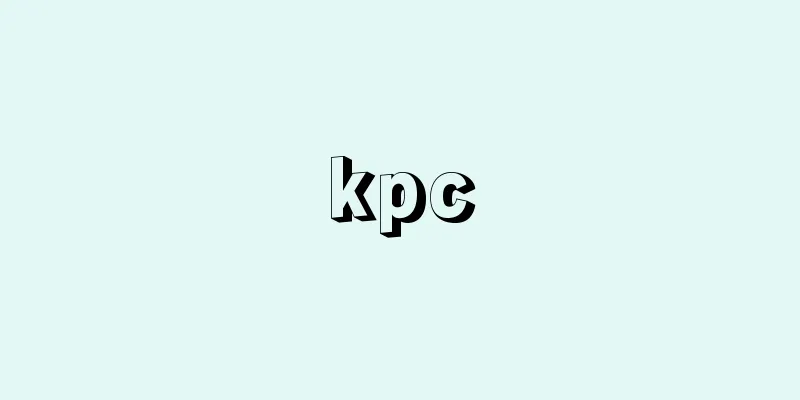
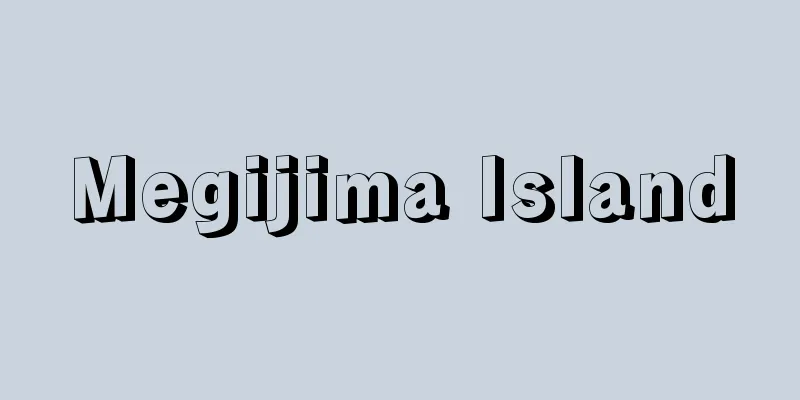
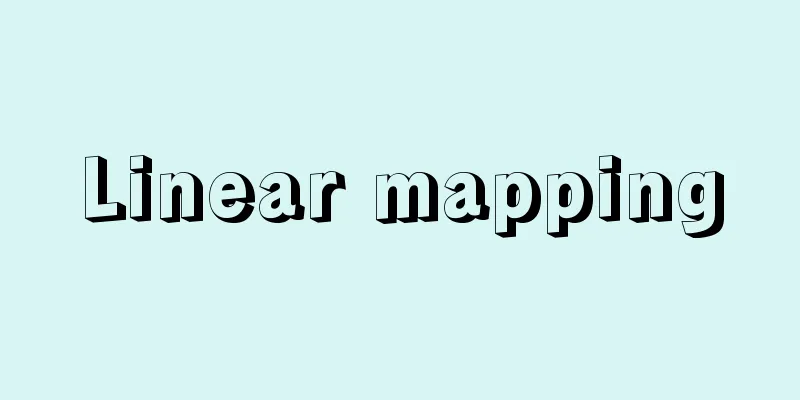
![Tosa [city] - Tosa](/upload/images/67cc56c1133b5.webp)


